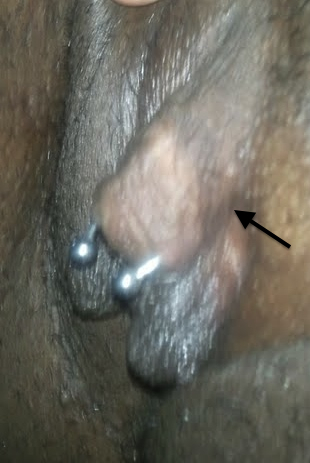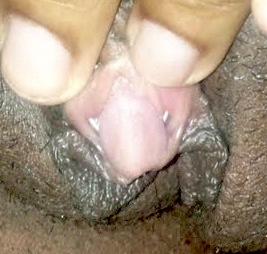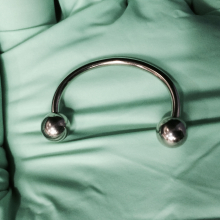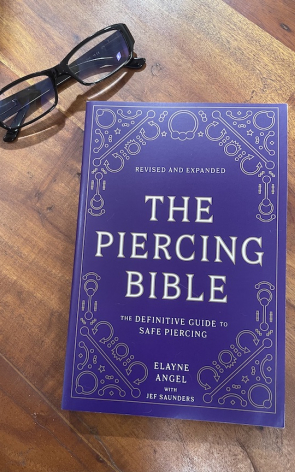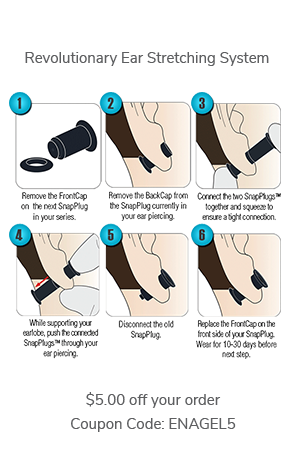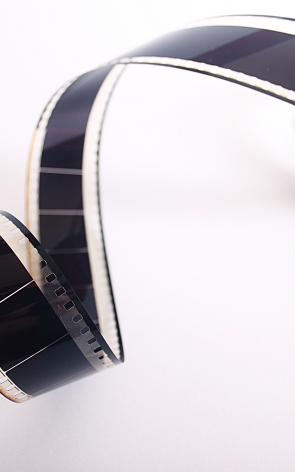I received a message from an experienced piercer who was frustrated with seeing misplaced triangle piercings. (I certainly know that sentiment!) They were looking for information on the correct placement for triangle piercings to help convince the piercers who were performing them badly. Below is our conversation:
Dear Ms. Angel,
I’ve been a professional piercer for 21 years (and I’m not exaggerating like some people do). I’m a member of the APP and take my job seriously. I’m having an argument with my coworkers about triangle piercings, and you are the Genital Piercing Queen.
I have taken your female piercing classes at conference and learned from you where a proper triangle piercing goes. Thank you on behalf of my happy clients! My colleagues insist that the piercing should go in the hood behind the clitoris (glans). But I learned from you that the triangle should stimulate the clitoral shaft, and that it should go closer to the body and higher than where they’re putting their piercings.
I’m fed up from fighting with them, and it is upsetting to see clients getting piercings that are not as pleasurable, which I keep hearing when I do their jewelry changes or new piercings, “Why don’t I feel anything from my triangle?”.
Please help me convince the other piercers of the right spot for a triangle!
M.
Dear M.,
I know exactly what you’re talking about because I frequently see this sort of triangle piercing misplacement (along with a variety of others). The reason I can definitively state where a triangle should be placed is that I learned it from Lou Duff, the innovator of the piercing—and I performed Lou’s triangle as well.
Disclaimer: This is not intended to teach anyone how to do a triangle piercing! Guidance under a qualified mentor is indispensable.
You are correct, a triangle piercing is intended to support and provide stimulation of the clitoral shaft, not the clitoral glans. It should be placed at the highest point just beneath (not through!) the clitoral shaft, at the natural fold where the base of the hood tissue joins the body. Because the skin of this region is so soft and pliable, positioning jewelry in the hood tissue behind the clitoral glans would not produce local stimulation.
An in-depth understanding of vulva and clitoral anatomy is crucial. Graphic photos on this website will help to clarify the placement, and I have videos available that show me performing anatomy consultations and triangle piercings, which further demonstrate the particulars.
Those who are suited have a single optimal spot for this piercing. If a “double triangle” is desired, one of the piercings won’t actually be a proper triangle, even if there is space for multiples in the area.
I’ve seen “triangle” piercings placed so low and forward that they prevented the hood from retracting normally. I’ve also seen many low “triangle” piercings that were actually a pair of high inner labia piercings joined by a single piece of jewelry. Even worse, I’ve witnessed multiple instances of triangle attempts that resulted accidental piercings of the clitoral glans, like the one pictured left.
CAUTION: a puncture of that sensitive tissue could damage or entirely ruin a person's sexual pleasure.Through improper placement or piercing technique, the clitoral shaft could be nicked or severed with the same consequence. Piercers new to triangles are advised to decline if the shaft is very thin.
Another problem I see regularly is “triangle” piercings on individuals who are in no way configured for them. There are very specific anatomical criteria required for safe, successful triangle piercings.
Vulvas with a lot of hood tissue are not automatically suited, as they must also have the right shape. Good candidates are built with what I term a “hill” formation: a hood that is substantial and higher than the outer labia. Those who have the “valley” shape, which is narrow, vertical, and flat or concave should not receive horizontal piercings (including the HCH). Sometimes it is possible to do a triangle on a build with a hill that is situated within a valley, but this is much more advanced.
A defined line or groove where the hood meets the body is extremely helpful but not required when a piercer is sufficiently experienced. Relative symmetry at the base of the hood is generally necessary for the jewelry to rest evenly.
Additionally, it is important to check for visible vessels along the base of the hood, as it is not uncommon for them to be located where the triangle piercing should be placed. Sometimes a vein will move out of the way when the tissue is manipulated in preparation for piercing. However, if a visible vessel is in the pathway and cannot be avoided, the piercing should not be performed.
Finally, you should check to see how high the inner lips divide at the top of the vaginal opening. The optimal spot for a triangle is above this juncture. But, sometimes the right spot for the triangle (as high as you can pierce and still be below the clitoral shaft) is at or below the level where the inner lips divide in two. Refer to my website for related information on what I’ve termed the “biangle” piercing.
Do NOT pierce if the client does not meet all of the anatomical requirements. You must be able to locate the clitoral shaft with 100% confidence, lift it a small distance from the body, and keep it elevated throughout the procedure. If you cannot lift the hood without the shaft dropping back down, you must not do the piercing!
I also wanted to discuss jewelry for triangle piercings. Because the vulva is so vertical, I invented a customized style that conforms beautifully to the area. I use a circular barbell that would be one or two sizes too small, and I widen it using ring opening pliers so that it becomes U-shaped or C-shaped, depending on the individual build.
Most commonly I start with 12 gauge circular barbells in diameters ranging from 3/8” (10mm) to 5/8” (16mm), widened as necessary to allow the inner lips to pass through the gap between the balls or gems, so that the jewelry rests tucked against the body. Generally, I prefer to use 3/16” threaded ends. This gap between the ends should gently clasp the inner lips to hold the jewelry in position and prevent twisting, and the outer labia cradle and stabilize it. Some people prefer to wear the jewelry flipped up rather than down. But the point is that it tucks comfortably against the body. You must balance the jewelry diameter with the width of the tissue, and the available space between the inner and outer labia.
I leave a little extra room for initial swelling, so sometimes adjustments are needed during healing to narrow the gap and find the most comfortable fit in this dynamic area. If the hood is not tall or full enough, or there’s insufficient surrounding tissue to hold the jewelry in place, problems are likely due to twisting and excess trauma.
Just prior to piercing, I perform tissue manipulation to lift the clitoral shaft, attempt clear the area of vessels, and maximize the space at the sides of the hood where the forceps will be placed. It is ABSOLUTELY CRITICAL to keep clitoral shaft lifted and maintain continuous pressure behind it throughout procedure to prevent it from slipping back down. Otherwise, you could accidentally pierce through it (or in front of it).
The triangle piercing has potential to provide enhanced sensations that are not achievable by other means, so poorly placed attempts can represent seriously missed opportunities—or worse. I hope this information proves helpful in convincing your colleagues of the appropriate placement for triangle piercings.

